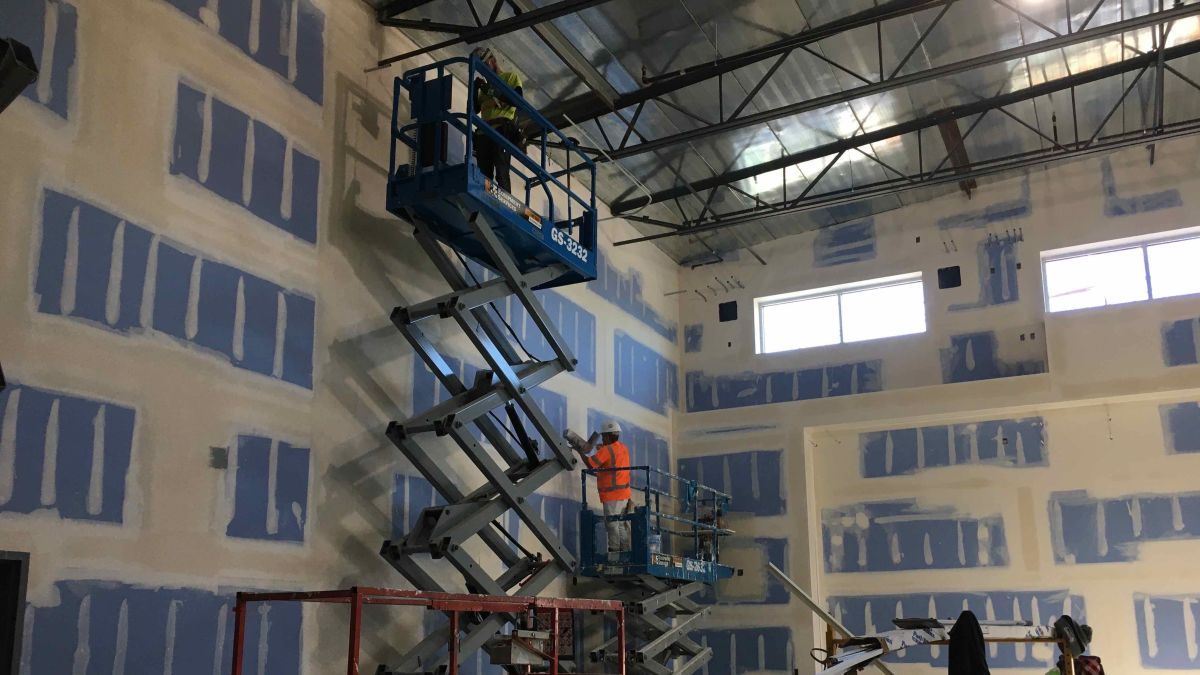

However, Bright Angel Point, next to the Grand Canyon Lodge, is incredible as well. Cape Royal is the best place to stargaze on the North Rim.Desert View, Moran,and Lipan Points are amazing places to stargaze along east Desert View Drive.Mather Point, behind the Grand Canyon Visitor Center, is a fantastic place to stargaze in the South Rim Village.Plan your trip around Third Quarter and New Moon phases.
Skyview grand canyon full#
The brighter the Moon, the less stars you see! Avoid dates around the First Quarter Moon and the Full Moon. Plan your visit around the Moon phase.Stargazing is best at least 1.5 hours after sunset and 1.5 hours before sunrise.Visitors may stargaze anytime of night in the park. If there are no events, you are welcome to stargaze on your own! You can also check our park ranger program page. Ask a park ranger at the Grand Canyon Visitor Center about any formal stargazing events that might be occuring during your trip.That said, there are tips you can follow to maximize your stargazing experience: Their instinctive pursuit of this false light leads them on an unnatural course which often leads to death.īecause of the park's efforts to reduce its light pollution, practically anywhere in the park is a great place to stargaze. Many nocturnal animals that rely on the natural darkness of the night to hunt or to navigate become confused from the obtrusive skyglow of artificial light. Not only does light pollution dissolve our cultural connections and hinder our scientific explorations of the night sky, it also has a negative impact on wildlife. The remaining 10% of that wasted light shines directly in to our line of sight producing glare which destroys our ability to see safely at night. We can see these domes from many miles away and they have a profoundly negative effect on our view of the cosmos. About 50% of emitted light shines directly in to the atmosphere and scatters off molecules and aerosols, a large percentage bouncing back down to Earth, creating the dome of light over cities called skyglow. Many lights are arranged in a way that wastes up to 60% of their emitted light. Photo: Tyler Nordgren, University of Redlands Typical light fixtures can waste 60% of their emitted light.


 0 kommentar(er)
0 kommentar(er)
